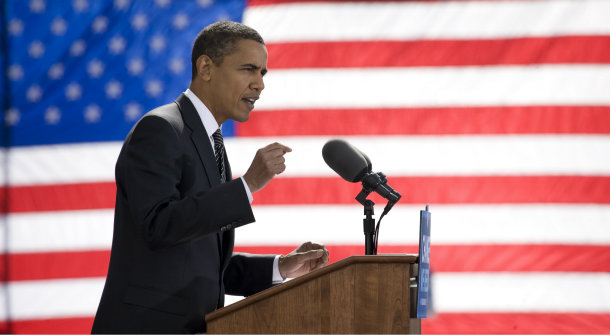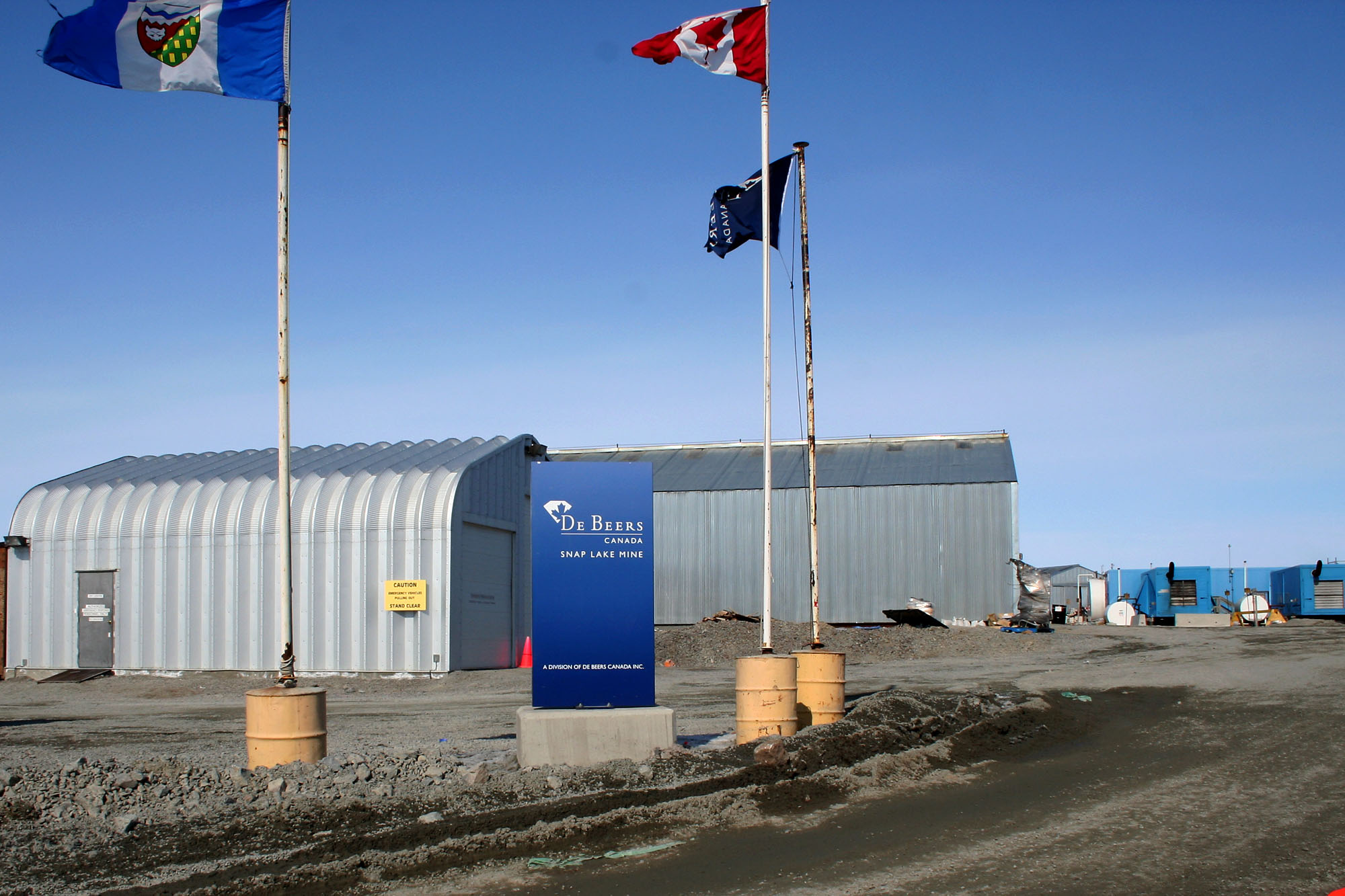Alongside major legislative accomplishments by the Obama administration such as the 2009 Stimulus Package and the Affordable Care Act, another legislative change that has gotten less attention but will also have far reaching implications for the United States is the Export Control Reform Initiative. Through a massive overhaul to the system in which US defence exporters are regulated through amalgamating and streamlining the process through which companies obtain permission to export certain materials and products, the series of reforms are meant to reduce bureaucratic redundancies. As a result of these reforms, the administration has argued, the US defence industry will become more competitive, while the ability of the government to keep American made weapons out of the hands of terrorists and human rights abusers will be stronger than ever.
The legislation comes at an interesting time for the Obama administration. The fundamentals of the initiative date back to 2009, while the first major changes will finally start to be implemented this October. It is part of a larger push by the administration to improve the US economy and its balance of payments, which, considering the size of the defence industry in the US, is well targeted.
The Current System
The international defence industry has seen it’s share of upward and downward trends over the last few decades. Global defense spending decreased during the 1990s and early 2000s with the end of the Cold War, and increased again in the latter half of the 2000s with the rise of the War on Terror. While this was taking place however, the industry was becoming more and more specialized. Many modern weapons platforms are jointly developed by companies from multiple countries, and the utility and maintenance of which is also spread across numerous allied militaries. Coordination has become more important than ever, but this evolution has overtaken the pace of governments to constructively regulate the industry in a way that is effective at stopping violations while not hampering the ability of companies and militaries to coordinate their arms purchasing. The United States in particular, by far the world’s largest arms producer, has not had a comprehensive overhaul of its export control system since the 1970s. American exporters were forced to navigate numerous layers of bureaucracy involving a number of government agencies, having to interpret two different control lists which were administered by two different departments. This would lead to a loss of revenue as US companies allocated more resources to navigating the control system, while foreign companies would choose to bypass American suppliers entirely in order to avoid the convoluted system.
[captionpix align=”left” theme=”elegant” width=”300″ imgsrc=”http://natoassociation.ca/wp-content/uploads/2013/09/C117Globemaster.jpg” captiontext=”One of Canada’s higher profile acquisitions, a Boeing C117 Globemaster, on deployment in Mali”]
The final result of the reforms, after a number changes, will be a single export control list. Through amendments to the International Traffic in Arms Regulations (ITAR) and the Export Administration Regulations, various less sensitive items are to be moved from the US Munitions List, controlled by the State Department, to the Commerce Control List, controlled by the Commerce Department. Defence exports will be overseen by a single licensing agency and a single enforcement coordination agency, and under a single IT system.
Canadian Implications
But what does this all mean for Canada? The Canadian defence industry is deeply integrated in the broader American industrial base, and continues to rely on it for business. Canada also enjoys an exemption under ITAR, which allows for American companies to export defence products to Canadian recipients without a license (under certain circumstances). At the same time though, it will be very important for Canadian government officials and Canadian defence companies to devote resources towards understanding the new system. Canadian officials will also need to coordinate their efforts with their American counterparts to ensure that Canada’s exemption under ITAR is not put into jeopardy. The penalties for non-compliance with export controls are very high, so there is a high priority for all involved to become familiar with the new reforms.
On the one hand, conventional wisdom might dictate that a measure that makes American defence companies more competitive on the global market would hurt Canadian companies who compete with them. American companies will have an easier time navigating the government’s control system, enabling them to speed up deliveries while the American control system will not be seen as a hindrance by potential foreign customers. This is not without saying that similar measures are taking place in Canada by the Canadian government to streamline export reform, however. While not as drastic as Obama’s reforms, the Canadian government has been pursuing incremental changes in its licensing system in order to make Canadian companies more competitive as well.
On the other hand, many have argued that these reforms will benefit Canadian defence companies, and the Canadian economy in general, in that they will lead to greater harmonization between the two industries. This is an argument posited by a 2011 Gowlings article that analyzed the progress both governments were making.
In addition to this, Canadian companies will soon have an easier time accessing American companies for parts of components. This is one of the areas in which the integration between the Canadian and American defence industries is most relevant. Many large American defence companies have operations in Canada and contracts with the Canadian government. A less confusing control regime will make these interactions easier for all involved. Canadian companies will also have an easier time accessing American companies for parts and components for their own platforms. Finally, related to the issue of company interaction, the issues of re-exports, or exports from Canada to the US that are of American origin or Canadian-made products that contain components made in the US will also become streamlined.
In general, these reforms will be a good thing for the Canada. Any meaningful reform that makes interaction with American companies and the American government less difficult will be a benefit for Canadian defence companies, and the Canadian government. We have yet to see the results of the initiative on the Canadian defence industry, but they are most likely to bring more prosperity to the growing industry. The main reform regulations will be coming into effect on October 15th of this year, so we will soon being seeing this new regulation in practice.




